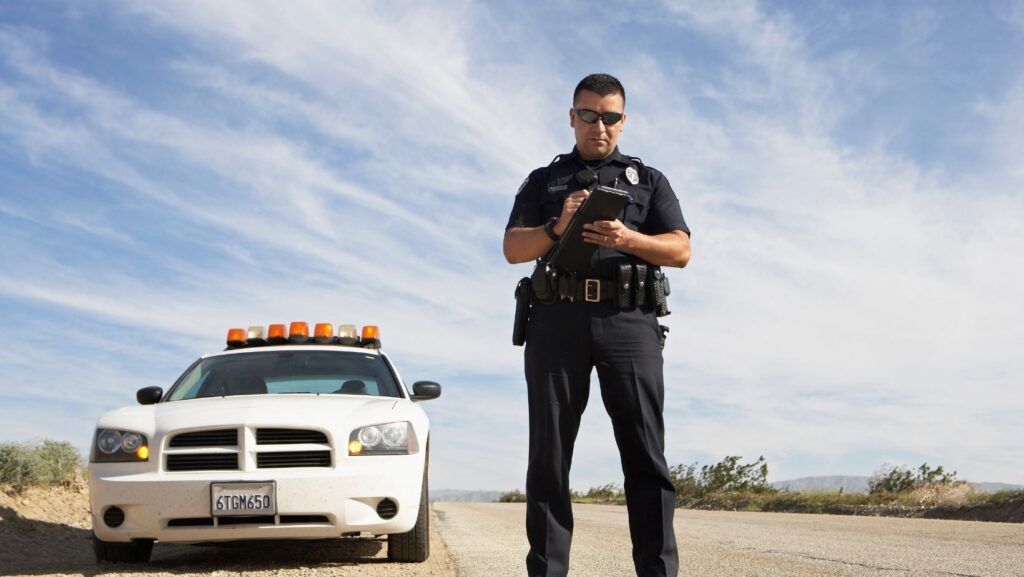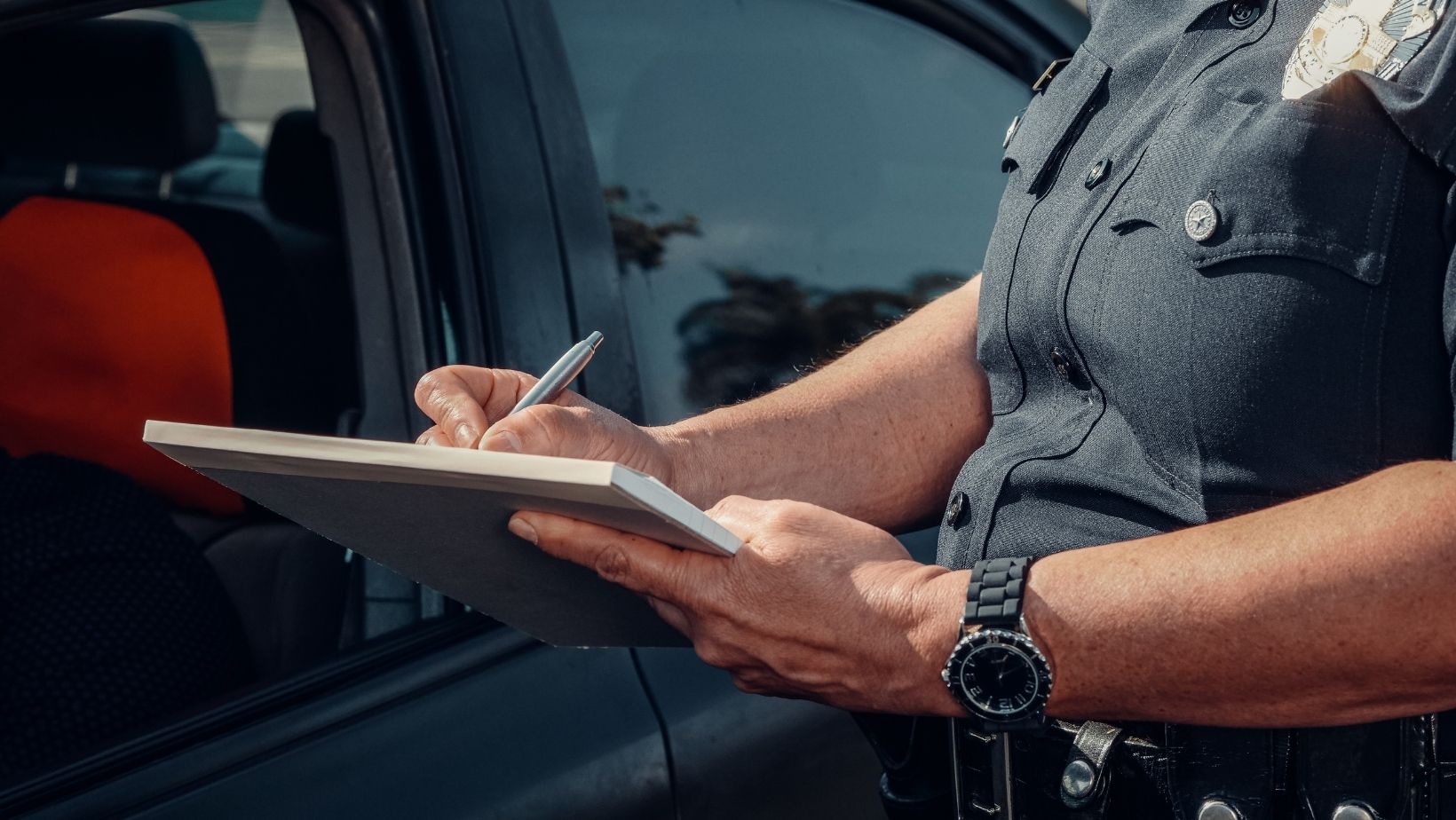Body-worn cameras have become a vital tool for law enforcement around the world. They offer an unbiased eye on the action, helping to increase transparency, protect officers, and gather crucial evidence. But with the growing number of bodycams comes a mountain of video footage that police departments need to review and manage. Manually sifting through hours of footage to redact sensitive information can be a slow and tedious task. That’s where automated video redaction steps in — transforming how bodycam footage is reviewed and shared.
The Rise of Bodycams in Policing
In recent years, bodycams have gone from being a rare luxury to standard issue for many officers. These devices help capture real-time encounters, providing accountability for both police and the public. With increased adoption, law enforcement agencies now face a challenge: how to handle the vast amounts of video data responsibly and efficiently. Bodycams are more than just recording devices; they’re powerful tools for transparency and justice when used correctly.
Challenges with Manual Video Redaction
While bodycams offer many benefits, reviewing and redacting video footage manually is a huge headache. Editing out faces, license plates, or other sensitive info by hand is painstakingly slow. It also opens the door to mistakes—missed blurs or inconsistent editing can compromise privacy or legal compliance. On top of that, privacy laws like the GDPR require that personally identifiable information is protected, adding another layer of complexity. For busy police departments, manually redacting video footage isn’t just inefficient—it’s often unfeasible.
What is Automated Video Redaction?
Automated video redaction uses AI and machine learning to identify and blur sensitive information in videos quickly and accurately. The technology can spot faces, car number plates, logos, and even audio that needs masking. Instead of relying on someone to manually edit frame by frame, automated systems process videos in minutes, applying consistent redactions across entire footage. It’s like having a smart assistant that works tirelessly to ensure privacy is protected, freeing up human reviewers for other important tasks. Here’s some compliance technology for public safety.
How Automated Video Redaction Revolutionises Bodycam Footage Review
The biggest impact of automated redaction is speed. What used to take hours can now be done in minutes. This rapid turnaround means footage can be reviewed, approved, and shared far more efficiently. Automated redaction also raises the bar for accuracy and consistency, reducing human error that could expose sensitive information.
It helps law enforcement comply with privacy regulations by safeguarding civilians’ identities, especially when videos are released to the public or courts. And with police departments handling thousands of hours of footage, automation makes managing this volume not only possible but practical.
Additional Benefits for Law Enforcement
Beyond just saving time, automated redaction brings other wins for law enforcement. Quicker video processing allows officers to review incidents sooner, which can be crucial for investigations and officer safety. It also frees up staff resources, letting personnel focus on frontline duties rather than tedious editing work. From a public relations perspective, it helps build community trust by enabling transparent sharing of footage—while still respecting privacy. Over time, automated redaction can lead to significant cost savings, making it a smart investment for police departments of all sizes.
Real-World Examples / Case Studies
Several police forces have already seen impressive results from adopting automated redaction software. For instance, a major UK police department reported cutting redaction time by over 70%, allowing them to handle more cases without extra staff. Another U.S. city police force successfully processed thousands of videos monthly with minimal errors, improving their compliance with privacy laws and speeding up evidence delivery for prosecutions. These success stories show that automated redaction isn’t just a future idea—it’s happening now and making a real difference.
Challenges and Considerations
Of course, no technology is without its hurdles. Initial costs and staff training are necessary to get automated redaction up and running. There’s also the need to ensure the AI performs well in different lighting conditions, crowded scenes, or unusual scenarios. Transparency about how the technology works is key to maintaining public trust—law enforcement agencies must communicate clearly about how privacy is protected. But with ongoing advancements in AI, many of these challenges are steadily being addressed.
Conclusion
Automated video redaction is transforming how police departments manage bodycam footage. It slashes the time needed to review videos, boosts accuracy, and ensures sensitive information stays protected. As bodycams become even more widespread, embracing this technology will be essential for efficient, transparent, and privacy-conscious policing. For law enforcement agencies looking to modernise their video handling, automated redaction offers a powerful solution with a promising future.



More Stories
How to Choose Boxing Matches Based on Fighter Styles and Rivalries
The Importance of Garage Door Spring Adjustment for Safety and Functionality
How to Integrate Custom Neon Signs into Your Space: A Bright Idea for Every Room